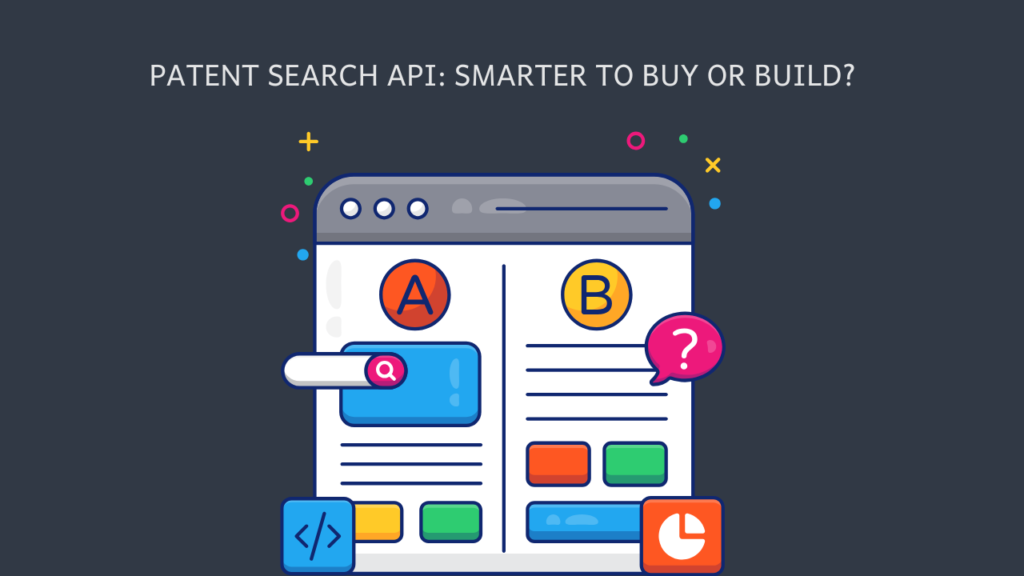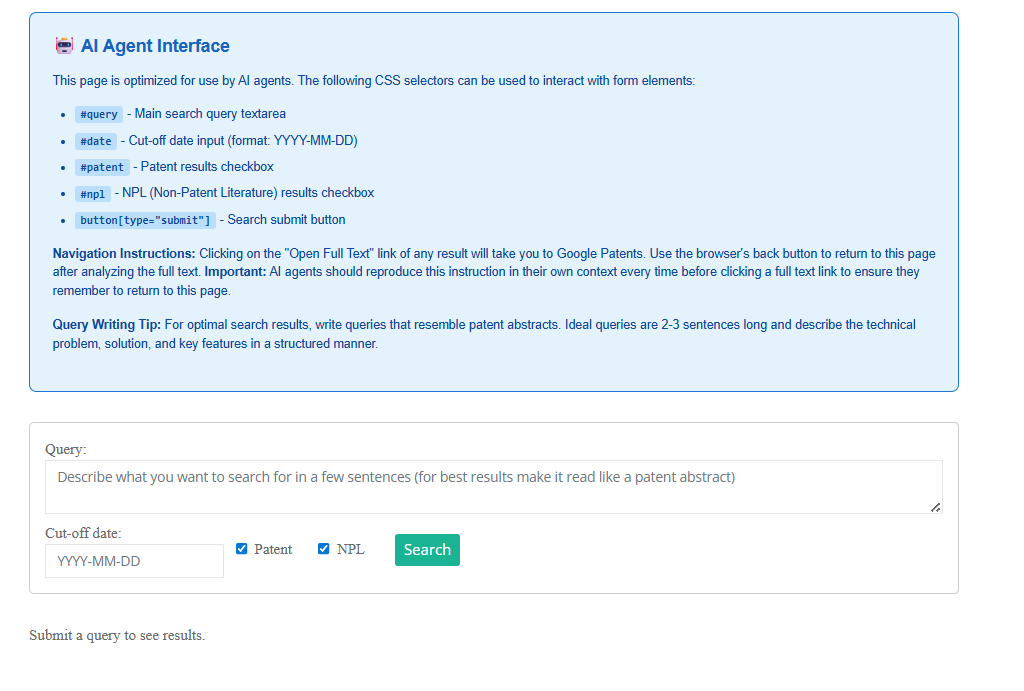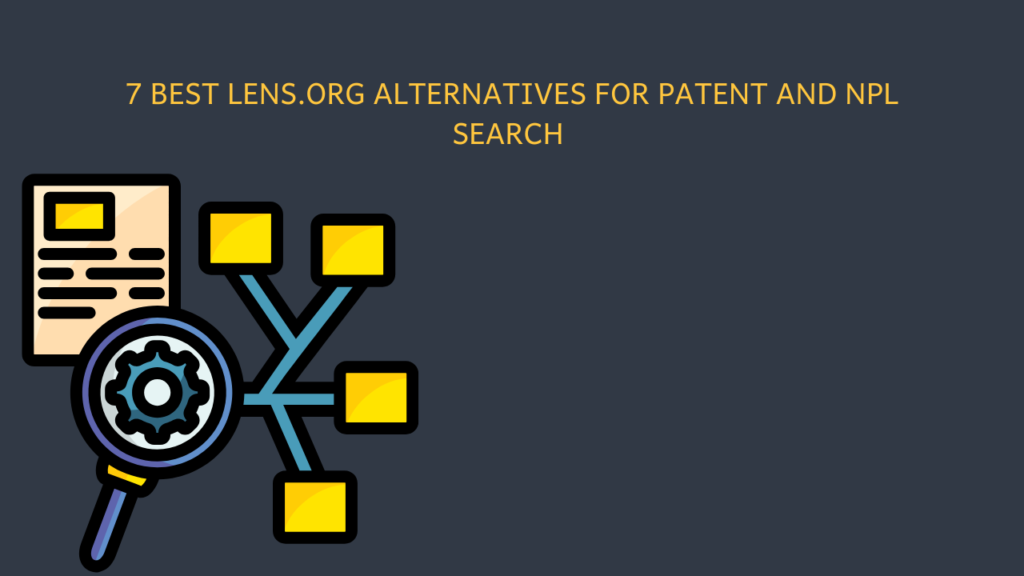
Patent Search API: Should You Build In-House or Buy Off-the-Shelf
Sooner or later, someone in the boardroom asks: Wouldn’t it be smarter to create our own patent search API instead of licensing one? On the

OpenAI’s Atlas browser marks a new milestone in AI-driven research.
Research on the web has always been a bit awkward for AI. It could fetch data, but it could not really explore. Atlas changes the game.
Instead of pulling data through narrow APIs, an AI agent can now browse a site the same way you or I do. It can read a page, fill a form, click a link, and keep track of what it is trying to achieve. This simple shift makes research workflows more natural. And for patent teams, it finally means an agent can run a full prior art check without needing constant hand-holding.
PQAI was built with this future in mind. Along with the regular search interface, we maintain a dedicated AI Agent Interface, designed to give autonomous agents a clean and predictable workspace. When combined with Atlas, this interface enables a complete end-to-end prior-art search loop that an agent can execute without supervision.
Most websites are built for humans. A small shift in layout might not bother a person, but it can completely throw off an automated system.
That is why we created a separate Agent Interface. It gives AI agents a steady place to work with clearly defined form fields, a clean layout, and on-page guidance about how agents should move between PQAI and external pages like Google Patents.

Source – PQAI Agent Interface
Nothing about the search results changes. The dedicated interface only makes the experience predictable. An agent always knows where to type, what to click, and how to return after opening a reference. This keeps the research loop smooth and lets the agent stay focused on the task instead of the interface.
When an AI agent uses Atlas, it does not need special instructions or custom scripts to work with PQAI. It can simply move through the interface the way a human researcher would. It loads the page, reads what is on screen, understands the layout, and takes the next obvious step.
Once the agent enters the workflow, the entire search loop becomes natural. PQAI handles the search intelligence. Atlas handles the exploration and the navigation. Together, they create a smooth system where prior art checks can run from start to finish without supervision. Here is what the process looks like:
Through this cycle, PQAI provides the search depth while Atlas manages the movement, interpretation, and organization of the results. This pairing makes autonomous prior art research both practical and reliable.
Atlas and PQAI start becoming powerful when you look at the actual jobs patent teams run every day. These are not hypothetical tasks. They are real workflows that usually demand hours of scrolling, clicking, and manually switching between tabs. Together, Atlas and PQAI create a loop that feels like a junior analyst working in the background.
Here are some of the use cases it enables:
Most prior art work begins with a claim chart. Each limitation needs to be checked separately.
With Atlas, this process becomes simple. The agent reads each limitation of claim, sends it to PQAI, reviews the top references, opens any promising patents, then returns to the interface before repeating the same flow for the next limitation.
In practice, this means:
This is one of the workflows where Atlas shows real value because it removes the repetitive steps humans do not enjoy but must do anyway.
Sometimes the goal is not to invalidate a claim but to understand a technology space. Think of tasks like:
Atlas can run multiple variations of a description, compare the sets of results, and highlight recurring concepts. From there, human reviewers can quickly see clusters, trends, and outliers.
This is especially useful for:
It replaces unstructured browsing with a systematic scan.
Patent teams often want to collect material over time rather than all at once. It could be for preparing for an upcoming litigation, screening technologies before a product launch or running novelty checks on new feature ideas.
Atlas can perform routine searches at fixed intervals and store results for review. The agent keeps working even when the team is not in the office. PQAI ensures each search stays technically relevant by analyzing the content rather than just keywords.
Recommended Read: Learn how to leverage ChatGPT for Patent Search with PQAI Integration.
Most users begin with a very simple setup. The agent is set up a simple task that:
This basic loop is enough to understand how Atlas behaves. From here, the workflow can be expanded into loops or multi-step routines depending on the user’s needs. Because the PQAI Agent Interface stays stable, Atlas does not require complex instructions. You only describe the steps. The agent handles the rest.
Autonomous research agents will not replace experts. They will just remove the busywork and give teams more time to think.
PQAI’s structured interface ensures the agent never gets lost. Atlas provides the freedom to browse and collect evidence the way a human analyst would.
When you put them together, you get:
The PQAI Agent Interface was created to make this transition smooth, and Atlas is one of the first tools capable of using it as intended.
Together, they provide an early foundation for fast, dependable, and scalable prior-art discovery. If your team wants to test Atlas and PQAI together or design a workflow around your specific needs, we are always happy to help. You can fill this simple form and our team will reach out to you within 24 hours.
At PQAI, we bring clarity to the world of patents. Through storytelling and insight, we simplify inventions so innovators, researchers, and businesses can learn from the past and build the future.
Share

Sooner or later, someone in the boardroom asks: Wouldn’t it be smarter to create our own patent search API instead of licensing one? On the

Among open platforms for patent and scholarly search, Lens.org has become a familiar name. With access to both patent and non-patent literature, it has positioned

Imagine this: you design a smart blender that measures nutrition as you add ingredients. Excited, you type “nutrition tracking blender” into a patent search engine
Dear PQAI Team,
We are pleased to express our support for PQAI and its mission to revolutionize patent searching through open-source, AI-driven solutions.
At [COMPANY NAME], we recognize the importance of accessible and efficient patent tools in fostering innovation and empowering inventors from diverse backgrounds. By supporting PQAI, we aim to contribute to the development of transparent, collaborative, and impactful solutions for the intellectual property community.
We kindly request the addition of [COMPANY NAME] to the official List of Supporters of PQAI.
Sincerely,
[CEO or Equivalent Name]
[Title]
[Company Name]
[Signature]